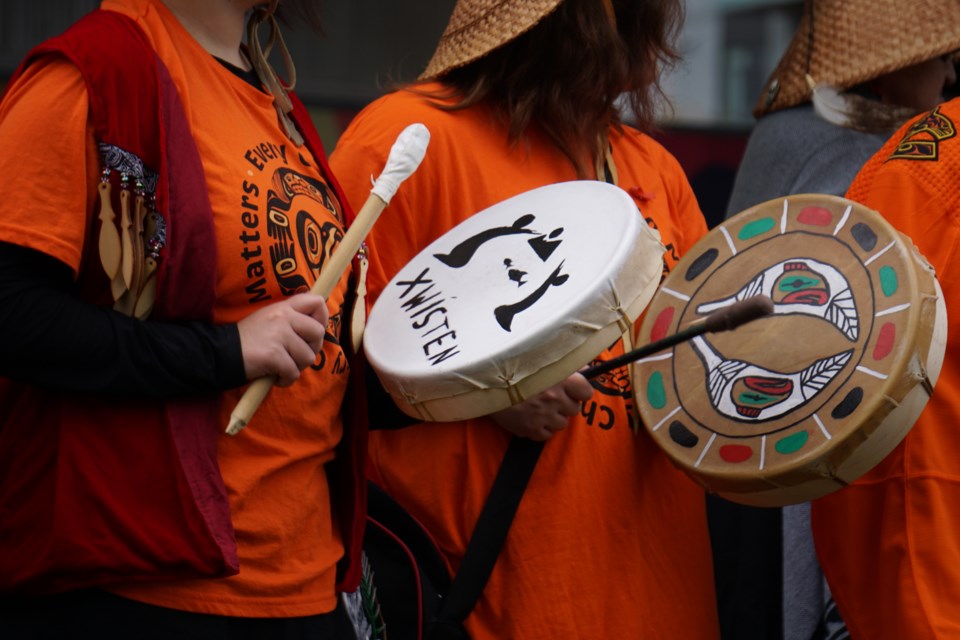Did you know that 5.4% of Squamish’s population identifies as Indigenous?
That’s 1,285 people—mostly people from First Nations and Métis —who call this scenic town home.
The 2021 Census paints a picture of how Indigenous identity is growing and evolving in Squamish, revealing trends that go beyond just numbers. Let’s dive in.
Indigenous identity and ancestry - what’s the difference?
The census data shows that while 1,285 residents in Squamish identify as Indigenous, 430 more report having Indigenous ancestry but don’t actively identify as such.
What’s going on here? Simply put, it’s a matter of how people feel connected to their heritage. Some people know they have Indigenous roots but may not engage in cultural practices or identify within the community’s legal or social frameworks.
This distinction isn’t unique to Squamish.
The historical context plays a significant role. According to , under earlier versions of the Indian Act, Indigenous women who married non-Indigenous men lost their legal Indian status, a process known as enfranchisement.
Their children were also denied status, severing ties to their Indigenous communities and cutting them off from cultural and legal recognition.
While Bill C-31, introduced in 1985, sought to correct these gender-based injustices by reinstating status to some individuals, the effects of enfranchisement according to a , continue to this day. Many descendants still face challenges reconnecting with their heritage and communities, especially if family ties were weakened over generations.
Across Canada, people are now exploring and embracing Indigenous identity in new ways. As states, “the reasons people are more likely to identify as Indigenous may be related to social factors and external factors, such as changes to legislation or court rulings.”
The fast-growing Indigenous population
The Indigenous population in Canada is . Nationally, it grew by 9.4% between 2016 and 2021, much faster than the non-Indigenous population, which only grew by 5.3%.
Although the pace of growth has slowed.
In Squamish, this growth means the community is becoming more diverse—and that may create opportunities for deeper cultural connections.
As the Sḵwx̱wú7mesh Úxwumixw (Squamish Nation) leads projects like the housing complex Esḵéḵxwi7ch tl'a Sp'áḵw'us Place in Squamish, and Sen̓áḵw in Vancouver and strengthens its role, this growth shows how economic progress and Indigenous leadership are connected.
Challenges still exist
Even with growing numbers, Indigenous communities in С����Ƶ and across Canada face hurdles. Overall employment rates for Indigenous peoples remain lower than those of non-Indigenous populations, and many live in homes needing major repairs according to .
But there’s good news too– Indigenous children are 60% more likely to live with their grandparents than non-Indigenous kids, reflecting a tradition of intergenerational care and knowledge-sharing.
“Grandparents play an important role in passing down values, traditions, and cultural knowledge,” says .
Bhagyashree Chatterjee is The С����Ƶ’s Indigenous affairs reporter. This reporting beat is made possible by the.




